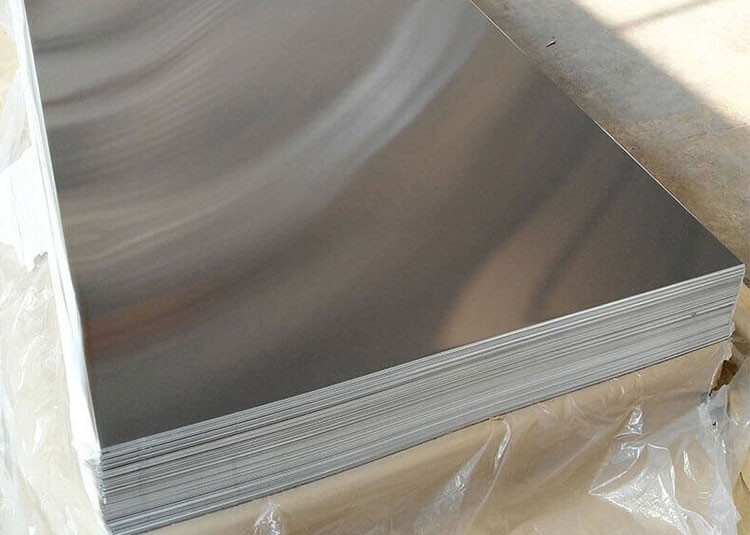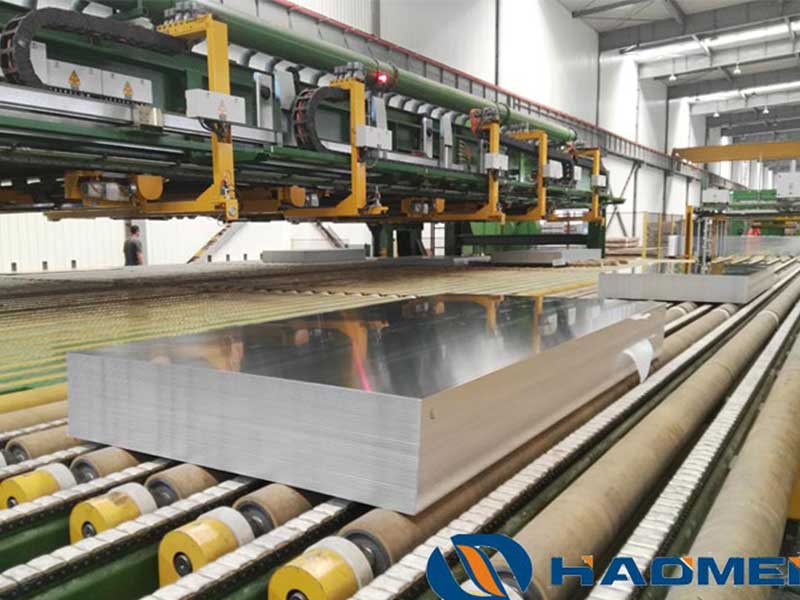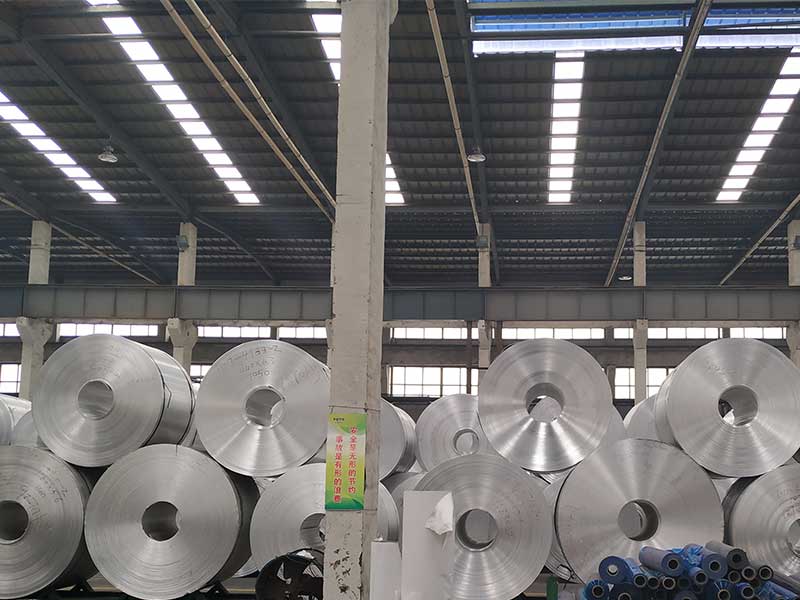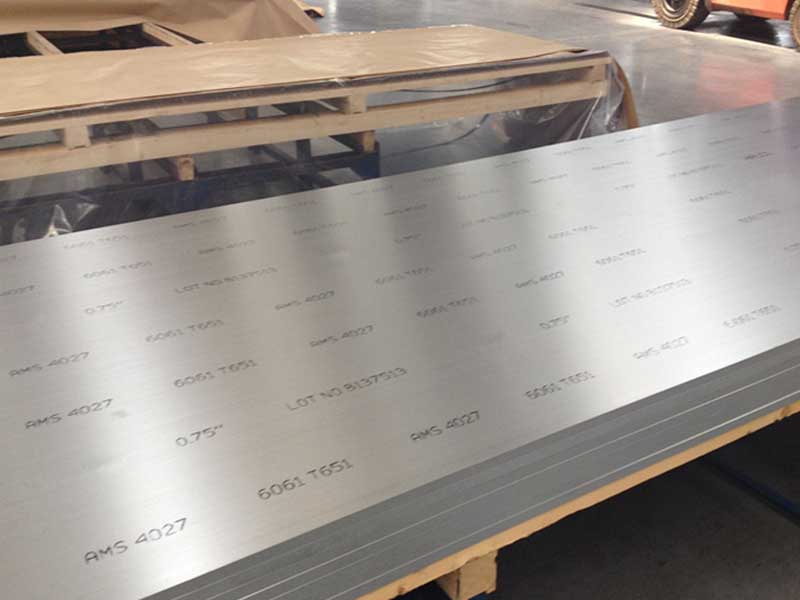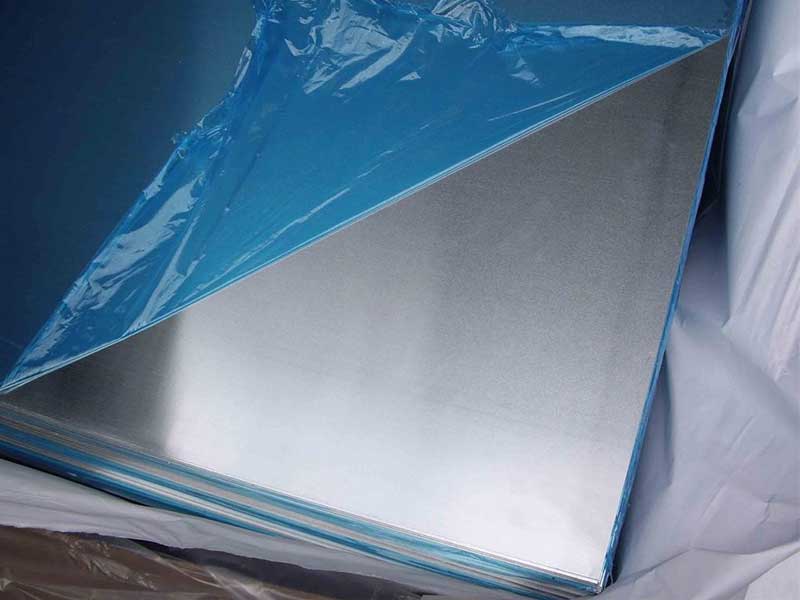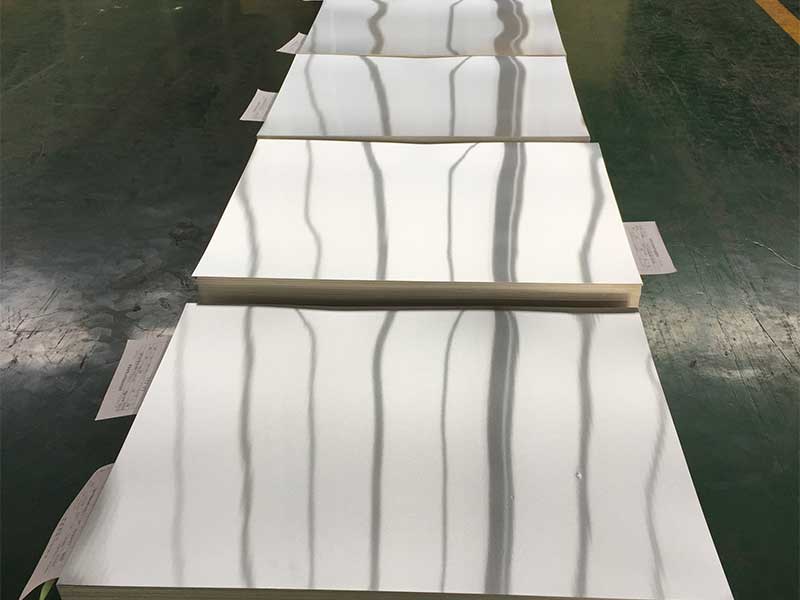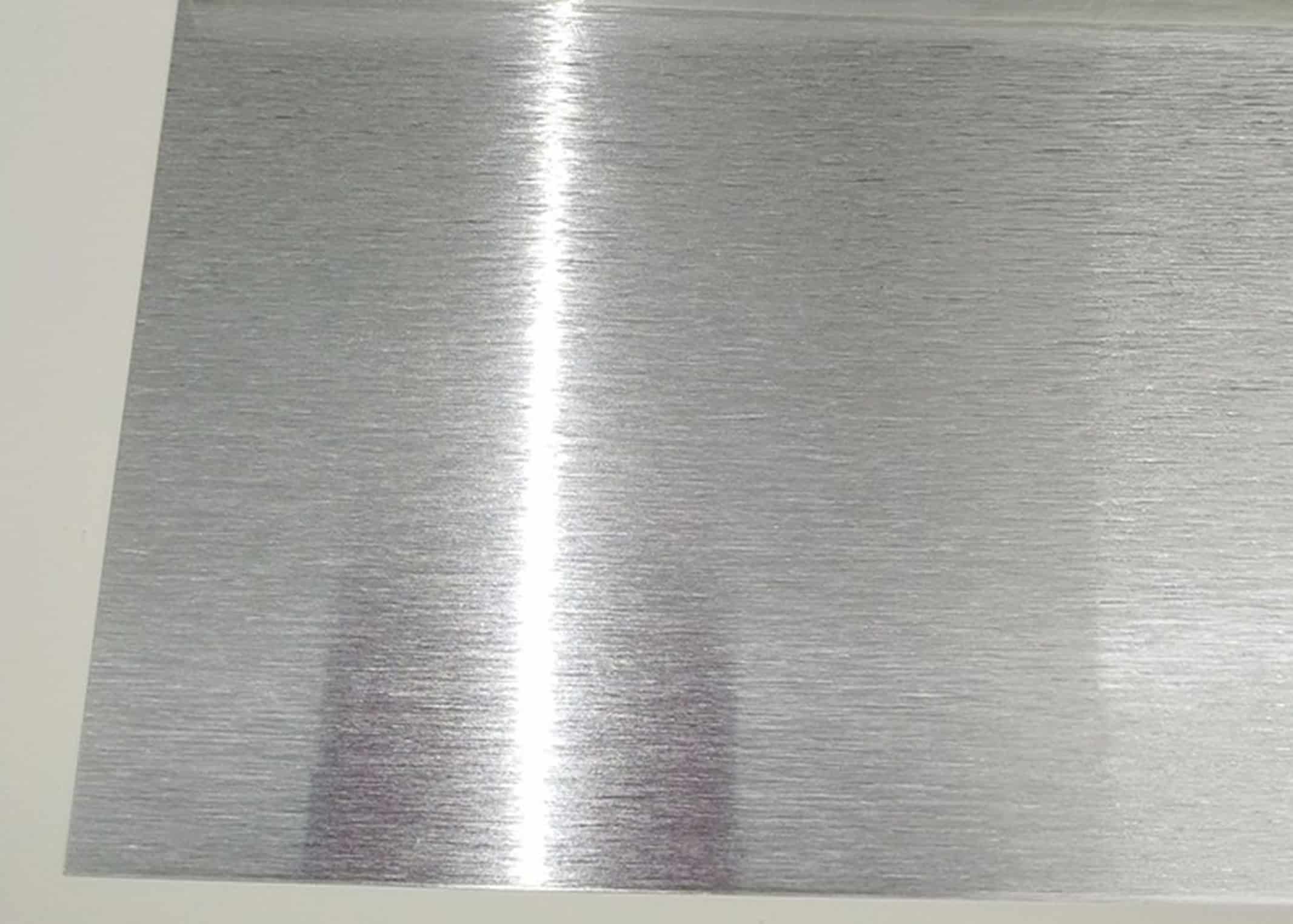In the modern architectural and advertising industries, aluminum plastic plates (also known as aluminum composite panels) have revolutionized design versatility and structural efficiency. These panels are lauded not only for their aesthetic appeal but also for their superior functional attributes, stemming from their unique composition and diverse classifications. Diving into their makeup and categorization provides invaluable insight into why they are paramount across a wide array of applications.
What Are Aluminum Plastic Plates?
At their core, aluminum plastic plates consist of two thin layers of aluminum sheets bonded to a non-aluminum core. This core is usually made from thermoplastic or mineral-filled polypropylene, but variations depend on the intended application. The synergy between the aluminum exterior and the core encapsulates the balance between durability, flexibility, and performance.
The Composition: More Than Just Aluminum
The aluminum face sheets typically range from 0.2 to 0.5 millimeters in thickness. Their purity often sits at 95-98%, offering inherent resistance to corrosion and oxidation while providing an excellent surface for painting and finishing processes like PVDF (Polyvinylidene Fluoride) coating. The PVDF finish is in enhancing durability against UV exposure, weathering, and chemical damage.
The core can be broadly divided into:
Polyethylene (PE) CoreThis thermoplastic is lightweight and provides decent mechanical strength, making it suitable for indoor and semi-outdoor applications where fire resistance is not the highest priority.
Fire-Retardant (FR) CoreEnhanced with fire-retardant substances such as mineral fillers and occasionally aluminum hydroxide, this core dramatically slows combustion. These properties are essential where fire safety regulations are stringent — notably in façade cladding for high-rise buildings.
Mineral Core/ A2 ClassificationThis mineral-filled core comprises inert, non-combustible materials like calcium carbonate combined with a resin binder to deliver fire resistance compliant with the highest (A2) category — classified as non-combustible under international fire safety standards. It finds extensive use in architectural facades requiring maximal safety clearance.
Technical Detailing of Functional Attributes
The lamination bonding aluminum sheets to the core utilizes advanced extrusion or roll bonding techniques creating a panel profile that is both robust and flexible. This tight bond ensures peel resistance often exceeding 350N per 25mm strip, a vital parameter preventing delamination under mechanical stress or thermal expansion.
Flexibility from the peely thin aluminum surface combined with the rigidity provided by the composite core allows the plates to be easily formed into curved shapes, easing installation on complex architectural geometries.
functions include:
Weather ResistanceThanks to anodized or coated aluminum surfaces, panels resist moisture penetration and corrosion even after prolonged environmental exposure.
Lightweight for Structural EfficiencyAluminum plastic plates strike a perfect weight-to-strength ratio, often employing less than 8 kg per square meter area, thereby significantly reducing load stress on buildings without sacrificing strength.
Fire Safety ComplianceDepending on core composition, plates combat fire initiation, curb flame propagation, and minimize toxic fume emissions — critical considerations in internal or external panels to prevent disaster escalation.
Acoustic InsulationThe dense core structure also reduces sound transmission, enhancing its role in office partitions, curtain walls, and sound barrier panels.
Classification of Aluminum Plastic Plates: Based on Core and Application
Standard Aluminum Plastic Panel (AP Panels)Typically a PE core with multiple finishes, optimized for commercial advertising signage, indoor decoration, and spandrel panels of buildings.
Fire-Retardant Panels (FR Panels)Integrated with fire-retardant cores adhering to international Fire Reaction EURO Class B, suitable for exteriors on moderate height buildings.
Non-Combustible Panels (A2-Classured Panels)Deploy mineral cores proven by stringent national tests e.g., BS 476 or ASTM E84, used predominantly in high-rise façades, airports, hospitals, and subway stations applying rigorous safety standards.
Special Use PanelsIncluding those with properties like anti-bacterial surfaces, enhanced thermal insulation, or electromagnet interference shielding, broaden the aluminum plate’s application spectrum to clean rooms, laboratories, and specialized electronics housings.
Applications Reflecting Their Composition
Architectural Facades: Aluminum plastic plates leverage their weather resistance, flammability compliance, and sleek finishes to coat buildings with minimal maintenance demands.
Signage & Advertising: Their vivid aesthetics combined with excellent durability allow for long-lasting billboards, trade show panels, and retail displays.
Interior Design: Lightweight and easy to fabricate, they introduce clean lines, hide services, and implement modern minimalist themes.
Transport & Aviation: Using aluminum composite plates for livery and interior panels enhances weight reduction critical for energy efficiency without sacrificing strength.


